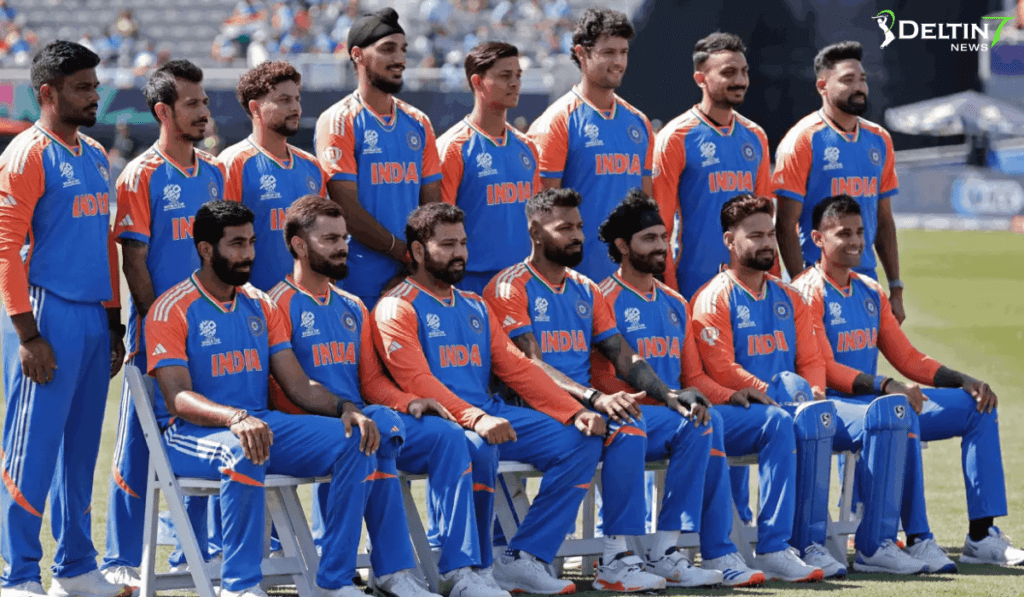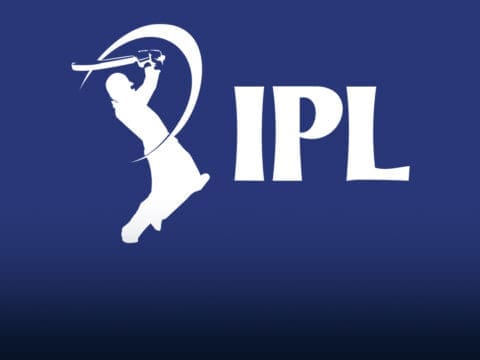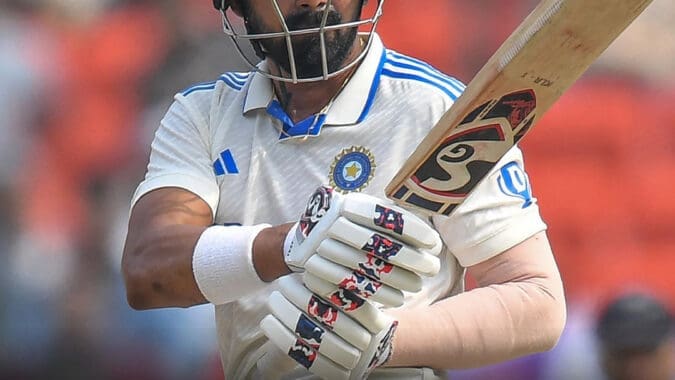
India’s cricket industry grew. We view cricket as a pastime.” Rashid Latif uses the IPL-PSL contrast to highlight Pakistan’s lack of development
Cricket, the beloved sport that has captivated nations across the globe, has long been a unifying force in the subcontinent. However, the trajectories of cricket development in India and Pakistan have diverged significantly, as highlighted by the insightful comments of former Pakistani cricketer Rashid Latif. While India has successfully transformed cricket into a thriving industry, Pakistan’s approach has been more akin to treating the sport as a mere hobby, leading to a stark contrast in their respective growth and achievements.
The Rise of Cricket as an Industry in India
India’s cricket ecosystem has undergone a remarkable transformation over the past few decades. The country has strategically leveraged the immense popularity of the sport to create a multifaceted industry that encompasses professional leagues, broadcasting rights, merchandise sales, and a robust talent development pipeline. The Indian Premier League (IPL), in particular, has emerged as a global phenomenon, attracting top talent from around the world and generating substantial revenue through sponsorships, television deals, and fan engagement.
The IPL: A Game-Changer in Indian Cricket
The inception of the IPL in 2008 marked a pivotal moment in the evolution of Indian cricket. This innovative league has not only provided a platform for domestic talent to showcase their skills but has also attracted international superstars, further elevating the level of competition and captivating audiences nationwide. The IPL’s success has had a ripple effect, leading to increased investment in infrastructure, coaching, and grassroots development programs, ensuring a steady supply of cricket talent for the future.
Leveraging Cricket’s Commercial Potential
India’s approach to cricket has been characterized by a strategic focus on monetizing the sport’s immense popularity. From lucrative broadcasting rights to merchandise sales and sponsorship deals, the Indian cricket ecosystem has been adept at harnessing the commercial potential of the game. This has enabled the country to channel resources into improving facilities, enhancing player training, and fostering an environment that nurtures the next generation of cricketing talent.
The Contrast: Pakistan’s Hobbyist Approach to Cricket
In contrast to India’s industrialized cricket model, Pakistan has largely treated the sport as a hobby, failing to capitalize on its inherent commercial and developmental potential. Rashid Latif’s observation that “India developed a cricket industry, while we treat cricket as a hobby” highlights the stark differences in the two nations’ approaches to the game.
Lack of Structured Development and Investment
Pakistan’s cricket ecosystem has struggled to match the level of investment, infrastructure, and strategic planning seen in India. The country’s domestic leagues, such as the Pakistan Super League (PSL), have not been able to attract the same level of commercial success and global attention as the IPL. This has resulted in a relative lack of resources dedicated to player development, coaching, and the overall professionalization of the sport.
Challenges in Sustaining Cricketing Success
Pakistan’s hobbyist approach to cricket has made it challenging to maintain consistent success on the international stage. While the country has produced numerous cricketing legends over the years, the lack of a robust, industry-driven system has made it difficult to replicate these achievements consistently. The inability to capitalize on the sport’s commercial potential has hindered the country’s ability to invest in long-term player development and create a sustainable pipeline of talent.
Lessons from India’s Cricket Transformation
India’s successful transformation of cricket into a thriving industry offers valuable lessons for Pakistan and other cricketing nations aspiring to elevate their game. By embracing a more strategic and commercially-driven approach, Pakistan can unlock the true potential of its cricket ecosystem and bridge the gap with its neighbor.
Fostering a Vibrant Domestic League
Emulating the success of the IPL, Pakistan can focus on developing a domestic league that attracts top talent, generates significant revenue, and captivates audiences both locally and globally. This would not only provide a platform for Pakistani cricketers to showcase their skills but also attract international investment and expertise, ultimately strengthening the country’s cricketing infrastructure.
Leveraging Digital and Media Opportunities
In the digital age, cricket has become a global phenomenon, with fans and audiences consuming the sport through a variety of platforms. Pakistan can harness the power of digital media and streaming to amplify the reach and visibility of its cricket offerings, attracting sponsors, broadcasters, and a wider fan base.
Investing in Grassroots Development
Sustained investment in grassroots cricket development, including talent identification, coaching programs, and infrastructure upgrades, can ensure a steady pipeline of skilled cricketers. By nurturing young talent and providing them with the necessary resources and support, Pakistan can build a robust and competitive cricketing ecosystem.
Conclusion
The divergent paths of cricket in India and Pakistan highlight the importance of strategic vision, investment, and a shift from a hobbyist approach to an industry-driven model. As Rashid Latif’s observation suggests, Pakistan’s lack of growth in the sport can be attributed to its failure to treat cricket as a thriving industry, unlike its neighbor. By learning from India’s success and implementing a more comprehensive, commercially-oriented strategy, Pakistan can unlock the true potential of its cricket ecosystem and position itself as a formidable force on the global cricketing stage.














